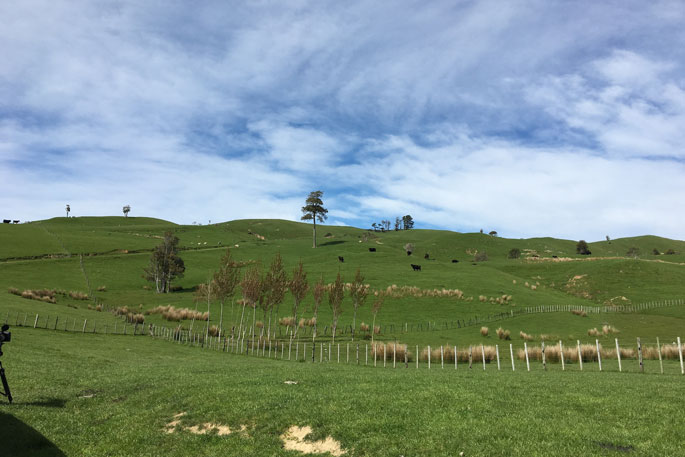The bottom of the South Island has had the strongest growing regions in the first part of the year, but prospects for the rest of the year look subdued, according to a new bank research report.
ASB's regional economic scoreboard shows a mixed bag of activity with modest increases in house prices and a slight lift in retail spending, but a cooling labour market and soft migration figures which pointed to challenges throughout the country.
The scoreboard ranks regions based on year-on-year growth across a range of measures, including employment, building consents and retail sales.
ASB chief economist Nick Tuffley says there are some positives such as small gains in building consents and easing inflation.
"[But] tourism has underperformed for another quarter and annual net migration has fallen below 100,000 for the first time since May 2023. We don't expect the fog to lift until 2025, so we've got a few more challenging months to get through yet."
Southland had a solid gain of 10 places in the growth stakes to knock Auckland off the top spot, while Otago held steady in second place, and Gisborne/Tairawhiti climbed into third.
Tuffley says Southland's ascent has been driven by strong construction and housing activity, which are the best in the country.
"We expect Southland's sterling run to continue next quarter, with favourable farming conditions relative to other parts of the country helping revenues and confidence."
Otago is underpinned by housing, employment and international tourism.
Tuffley says Auckland's drop to fifth spot is middling despite strong population growth and high consumer confidence.
"We suspect further declines down the scoreboard could be possible with net migration having peaked and Aucklanders continuing to adjust their spending to meet higher mortgages."
Wellington slipped a couple of places to 10th reflecting the cut in government spending, and the only fall in employment in the country.



0 comments
Leave a Comment
You must be logged in to make a comment.